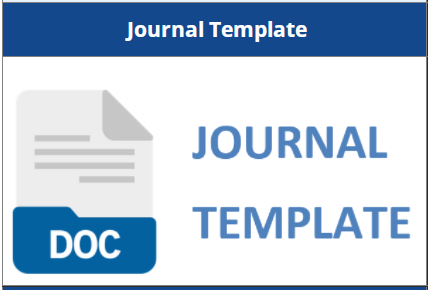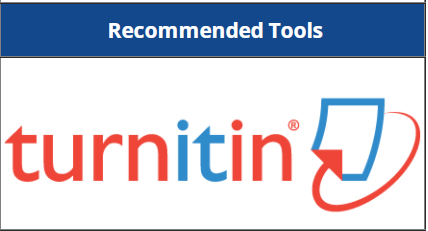KETERSEDIAAN DATA DALAM MENDUKUNG PEMANTAUAN DAN EVALUASI SMART CITY MATURITY (STUDI KASUS KOTA YOGYAKARTA)
Abstract
The development of smart cities that have become a trend throughout the world, including Indonesia, requires a guideline in city development. Yogyakarta City is a city that has developed a smart city since the early 2000s which began with the existence of an information and complaint service unit (UPIK) as part of the implementation of open government. Active people in Yogyakarta City who access Jogja Smart Services (JSS) are only 6.5% of the total population, so it shows that human relations in the JSS application have not been carried out properly. The government through SNI 37122:2019 applies variables and indicators as well as data needs needed to assess the level achievement of smart cities. This paper aims to explain the availability of data and identify data that is not available in Yogyakarta City based on SNI 37122:2019 also how strategies to complete the data. The method used in this study uses a qualitative approach. The availability of data in the government of Yogyakarta consists of 118 data, data found elsewhere other than the city government is 13% and no data anywhere is 25 data. The strategy to enrich the data is through proper policies, technology infrastructure, and application development.
Downloads
References
[2] Caird, S. P., & Hallett, S. H. (2019). Towards evaluation design for smart city development. Journal of Urban Design, 24(2), 188–209. https://doi.org/10.1080/13574809.2018.1469402
[3] Faidati, N., & Khozin, M. (2018). Analisa Strategi Pengembangan Kota Pintar (Smart City): Studi Kasus Kota Yogyakarta. 3(2), 16–27. https://doi.org/10.24905/jip.v3i2.1037
[4] Huovila, A., Bosch, P., & Airaksinen, M. (2019). Comparative analysis of standardized indicators for Smart sustainable cities: What indicators and standards to use and when? Cities, 89, 141–153. https://doi.org/10.1016/j.cities.2019.01.029
[5] Korachi, Z., & Bounabat, B. (2018). Data driven maturity model for assessing smart cities. ACM International Conference Proceeding Series, 140–147. https://doi.org/10.1145/3289100.3289123
[6] Kumar, Megan. 2015. Building Agile Data Driven Smart Cities.
[7] Nam, T., & Pardo, T. A. (2011). Conceptualizing smart city with dimensions of technology, people, and institutions. ACM International Conference Proceeding Series, 282–291. https://doi.org/10.1145/2037556.2037602
[8] Novriando, A., Purnomo, P., & Salsabila, L. (2020). Efektivitas “Jogja Smart Service” Terhadap Pelayanan Publik di Kota Yogyakarta. Jurnal Ilmu Pemerintahan, 13(2), 68–75.
[9] Rijal Fadli, M. (2021). Memahami desain metode penelitian kualitatif. 21(1), 33–54. https://doi.org/10.21831/hum.v21i1
[10] Sharifi, A. (2020). A typology of smart city assessment tools and indicator sets. Sustainable Cities and Society, 53. https://doi.org/10.1016/j.scs.2019.101936
[11] SNI ISO 37122: 2019 Perkotaan dan Masyarakat Berkelanjutan – Indikator untuk Kota Cerdas. (2019). Badan Standarisasi Nasional (BSN)
[12] Waarts, S. (2016). Smart City Development Maturity A study on how Dutch municipalities innovate with information using a smart city development maturity model.












